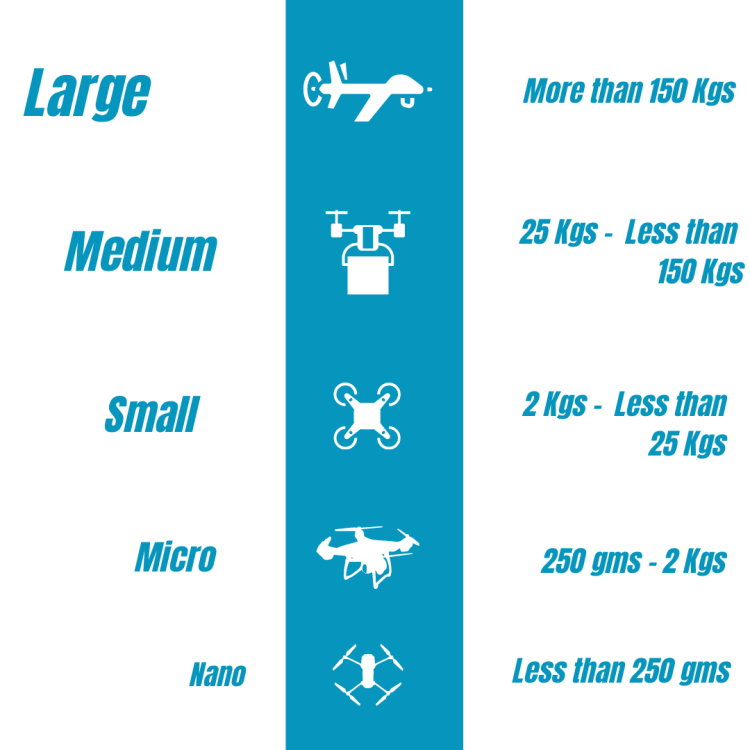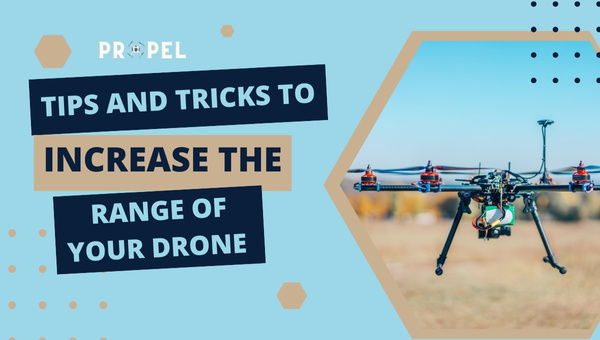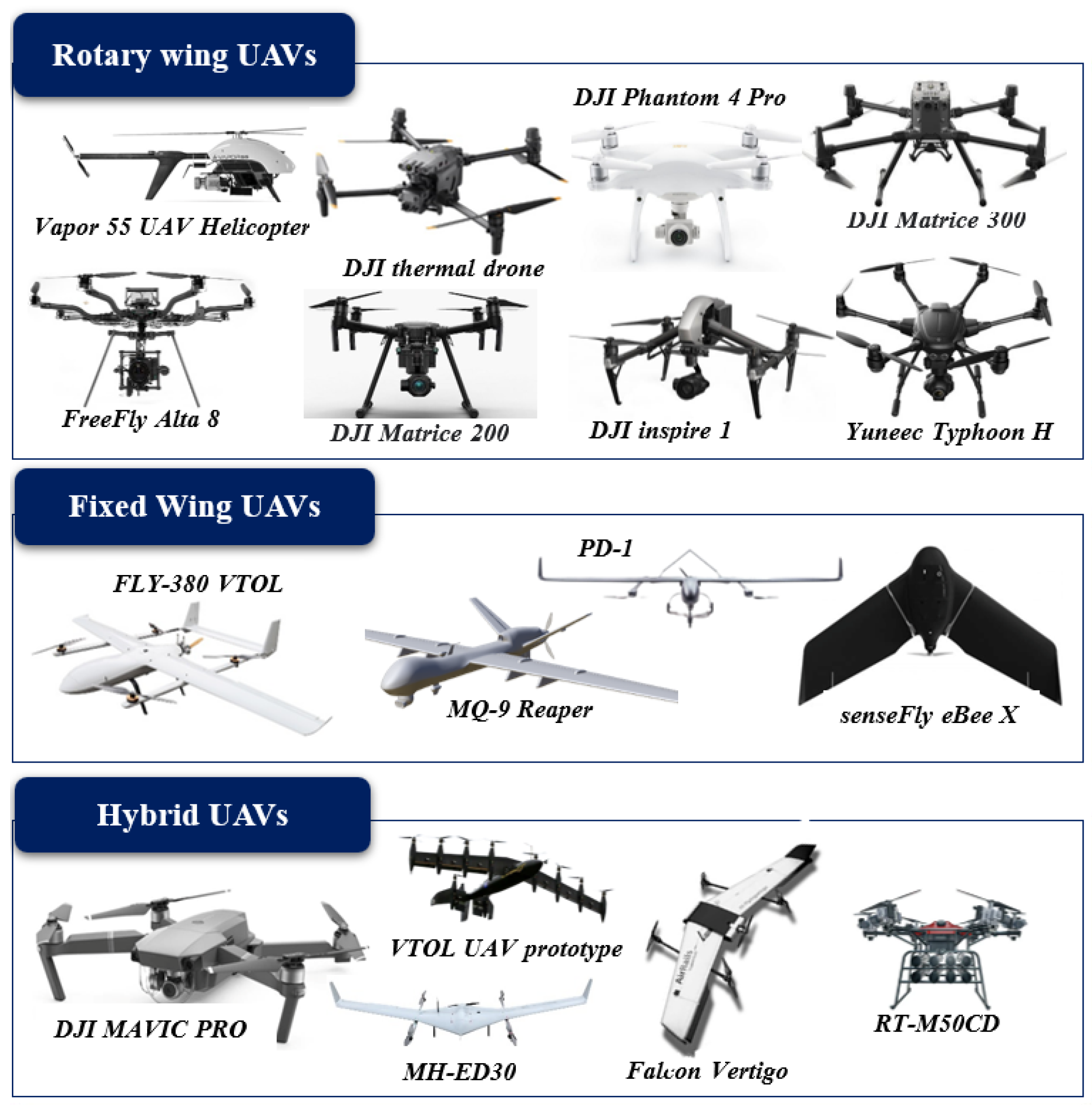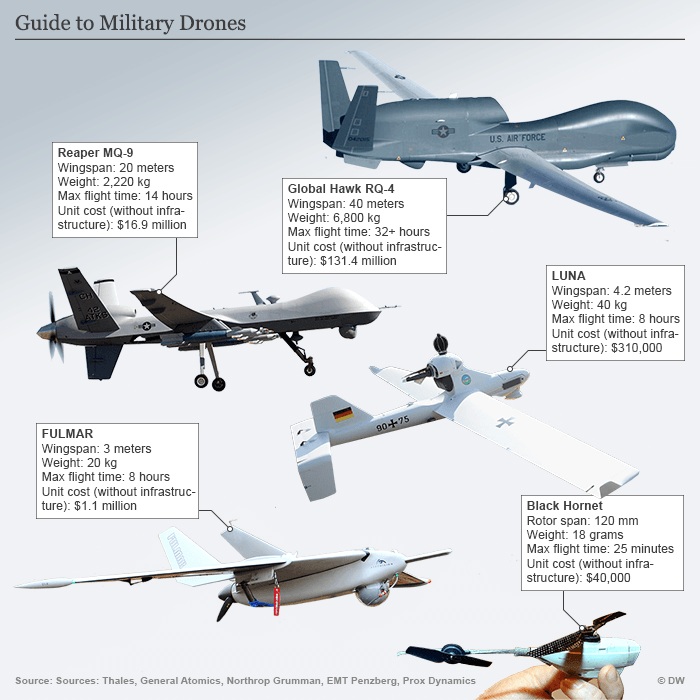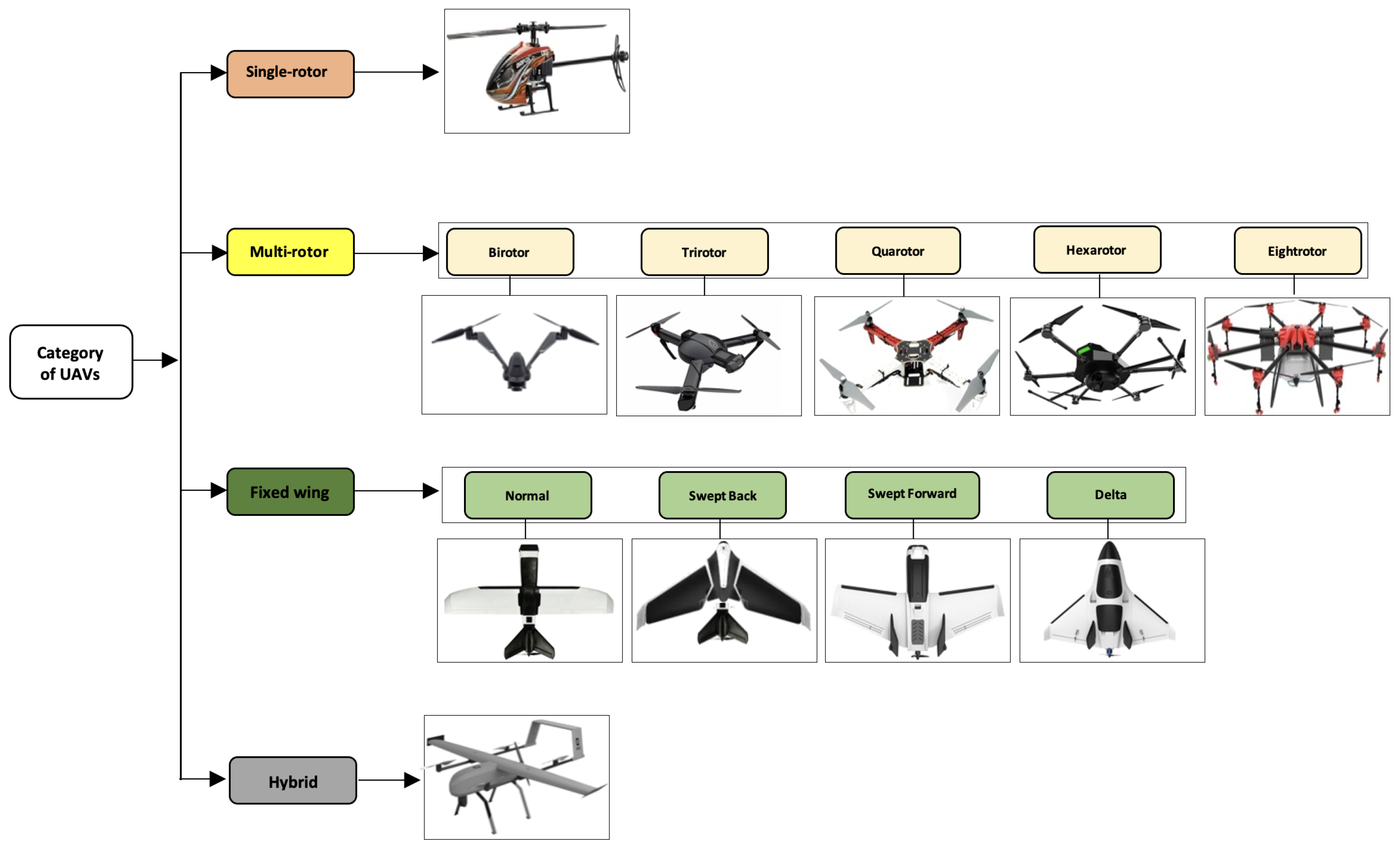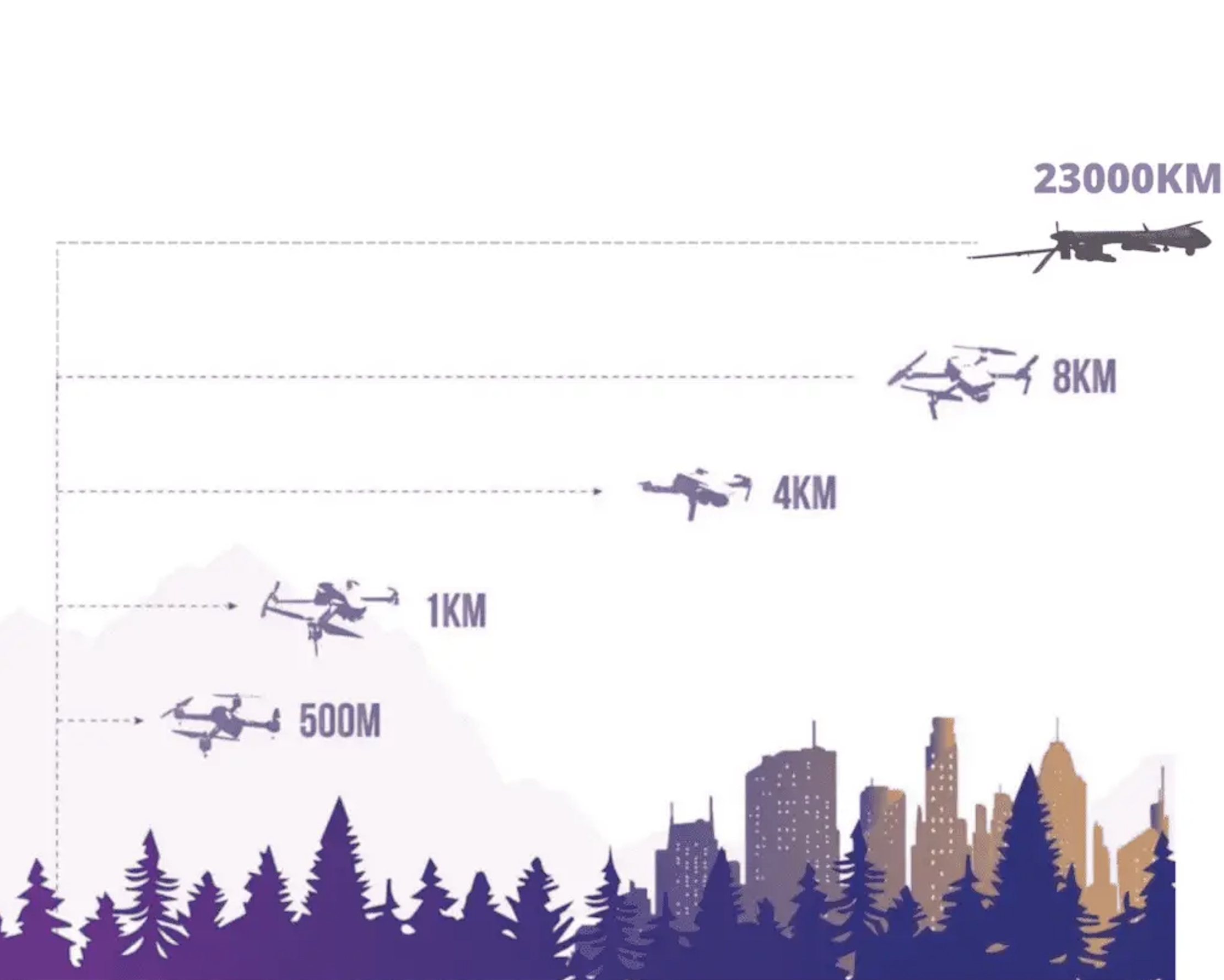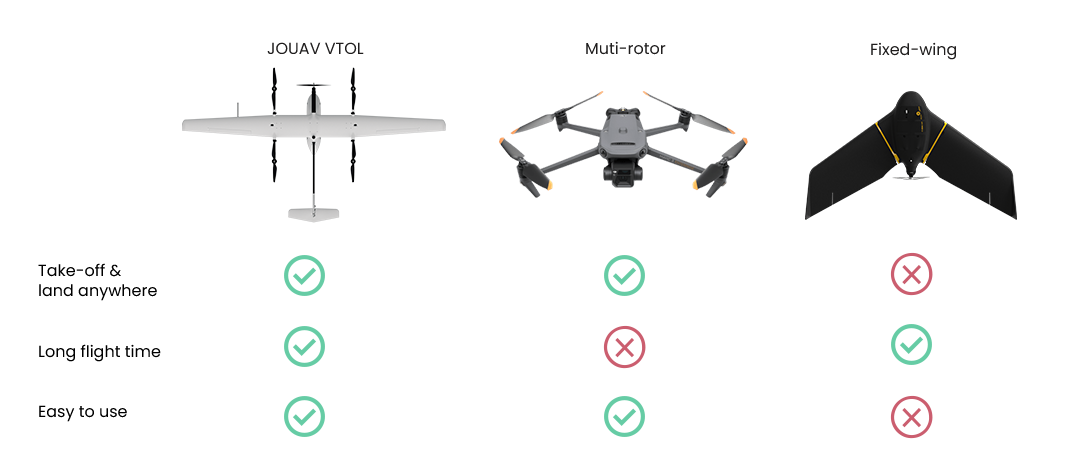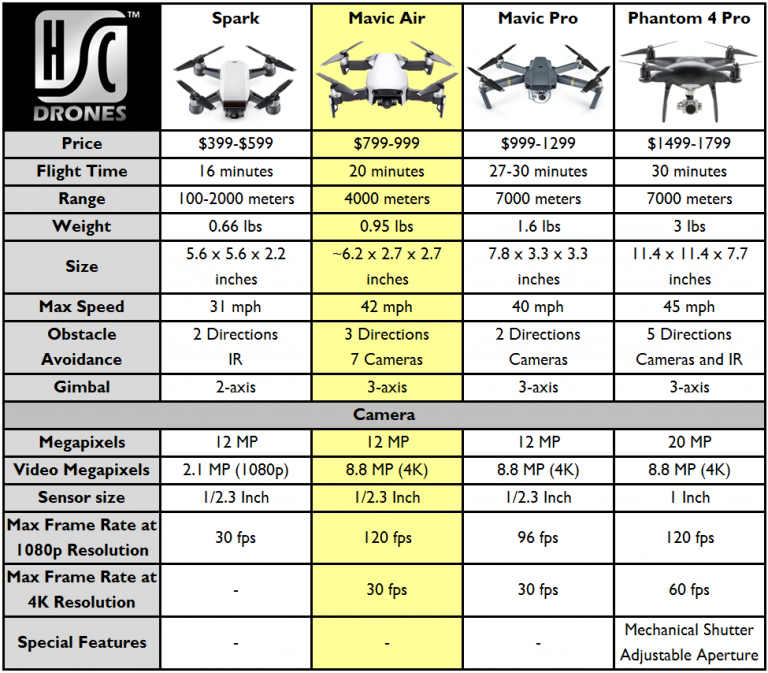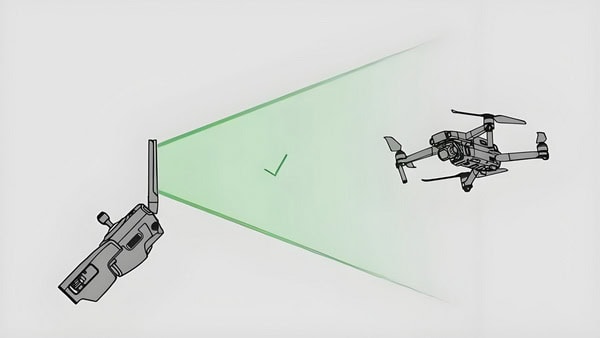What Is The Range Of A Drone
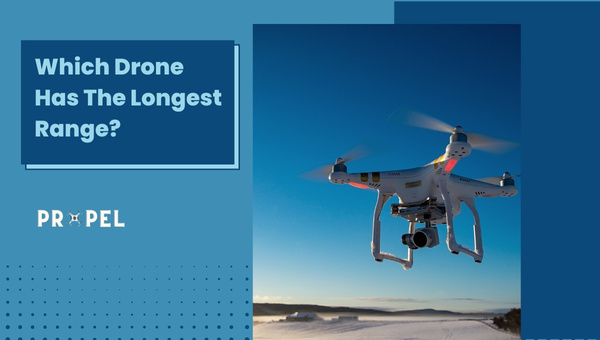
Imagine standing on a windswept hill, the sun painting the sky in hues of orange and purple. A small, buzzing silhouette dances against the vibrant canvas, effortlessly gliding over fields and forests. This isn't just a toy; it's a window to possibilities, a flying eye connected to the ground by an invisible thread. The question on everyone's mind: how far can it actually go?
The range of a drone is a crucial factor determining its usefulness, spanning from a few hundred feet for beginner models to potentially hundreds of miles for specialized, advanced systems. This article will explore the factors influencing drone range, the different types of drones and their respective capabilities, and the implications of this technology for various industries and hobbyists alike.
Understanding Drone Range: More Than Just Distance
Drone range isn't just about the maximum distance a drone can physically travel. It's a complex interplay of factors, including battery life, signal strength, weather conditions, and regulatory restrictions. Understanding these factors is essential for anyone considering purchasing or operating a drone.
Key Factors Influencing Drone Range
Battery Life: This is often the most significant limiting factor. Consumer drones typically offer flight times ranging from 20 to 40 minutes. Larger, more expensive drones with enhanced batteries can extend this to nearly an hour.
Signal Strength: The connection between the drone and the controller is vital. Obstacles like trees, buildings, and even atmospheric conditions can weaken the signal, limiting the effective range. Drone manufacturers employ different transmission technologies, such as Wi-Fi or dedicated radio frequencies, which have varying range capabilities.
Weather Conditions: Wind, rain, and temperature can significantly impact drone performance. Strong winds can drain the battery faster as the drone works harder to maintain its position. Extreme temperatures can also affect battery efficiency and overall system performance.
Regulatory Restrictions: In many countries, including the United States and the European Union, regulations limit the distance a drone can be flown from the operator, often requiring the drone to remain within visual line of sight (VLOS). This drastically limits the practical range for most recreational users.
Types of Drones and Their Range Capabilities
The drone market is incredibly diverse, with models designed for a wide range of purposes. Each type has its own unique capabilities and limitations regarding range.
Consumer Drones
These are the most common type of drone, aimed at hobbyists and casual users. Brands like DJI are dominant players in this segment. Typically, consumer drones have a range of a few miles, often limited by VLOS regulations rather than the drone's technological capabilities.
Professional Drones
Designed for commercial applications like aerial photography, surveying, and inspection, professional drones often boast longer flight times and more robust communication systems. They may have a range exceeding 5-10 miles, but again, are subject to regulatory constraints.
Industrial Drones
Used in industries like agriculture, construction, and law enforcement, industrial drones are built for specific tasks and often feature specialized sensors and equipment. Their range varies widely depending on the application. Some industrial drones used for long-range inspection of power lines or pipelines can be equipped with technologies that allow them to fly beyond visual line of sight (BVLOS), subject to regulatory approvals.
Military Drones
At the far end of the spectrum are military drones, also known as unmanned aerial vehicles (UAVs). These are designed for reconnaissance, surveillance, and combat operations. Military drones have the greatest range capabilities, some capable of flying for hundreds or even thousands of miles, and are often equipped with satellite communication for global operation.
The Impact of Drone Range Across Industries
The increasing range and capabilities of drones are transforming various industries, opening up new possibilities and efficiencies.
Agriculture: Drones equipped with multispectral cameras can survey large fields to assess crop health, identify areas needing attention, and optimize irrigation and fertilization. Longer range allows for the efficient monitoring of vast agricultural lands.
Infrastructure Inspection: Inspecting bridges, power lines, and pipelines can be dangerous and time-consuming. Drones can perform these inspections quickly and safely, providing high-resolution images and videos to identify potential problems. Extended range allows for the inspection of more infrastructure with fewer deployments.
Search and Rescue: Drones equipped with thermal cameras can be used to search for missing persons, even in challenging terrain or at night. Longer range can significantly increase the area covered in a search operation.
Delivery Services: Companies like Amazon and UPS are exploring the use of drones for package delivery. While still in its early stages, drone delivery has the potential to revolutionize logistics, particularly in remote or congested areas. Range is a critical factor in determining the viability of drone delivery services.
The Future of Drone Range
Drone technology is constantly evolving, with ongoing research and development focused on improving battery life, communication systems, and autonomous flight capabilities. The future of drone range holds exciting possibilities.
Improved Battery Technology: Advancements in battery technology, such as solid-state batteries and hydrogen fuel cells, promise to significantly increase flight times and range.
Enhanced Communication Systems: Technologies like 5G and satellite communication will enable drones to maintain reliable connections over longer distances, even in challenging environments.
Autonomous Flight: Increased autonomy will allow drones to perform complex tasks without constant human intervention, enabling them to fly longer distances and operate more efficiently.
Regulatory Changes: As drone technology matures and safety records improve, regulations may evolve to allow for more widespread BVLOS operations, unlocking the full potential of drone technology.
Responsible Drone Operation
As drone capabilities continue to advance, responsible operation is paramount. Operators must adhere to all applicable regulations, respect privacy concerns, and prioritize safety. This includes obtaining necessary permits, maintaining visual line of sight (where required), and avoiding flying over populated areas or sensitive locations.
Ethical considerations are also crucial. Using drones for surveillance or data collection without consent raises serious privacy concerns. Drone operators must be mindful of these issues and act responsibly to maintain public trust.
The world of drones is constantly expanding. From simple aerial photography to complex industrial applications, these versatile machines are changing the way we see the world. Understanding the range capabilities of different drones, and the factors that influence them, is essential for anyone looking to harness the power of this exciting technology. As technology advances and regulations evolve, the future of drones promises to be filled with even greater possibilities, allowing us to reach new heights and explore the world in ways we never thought possible.


